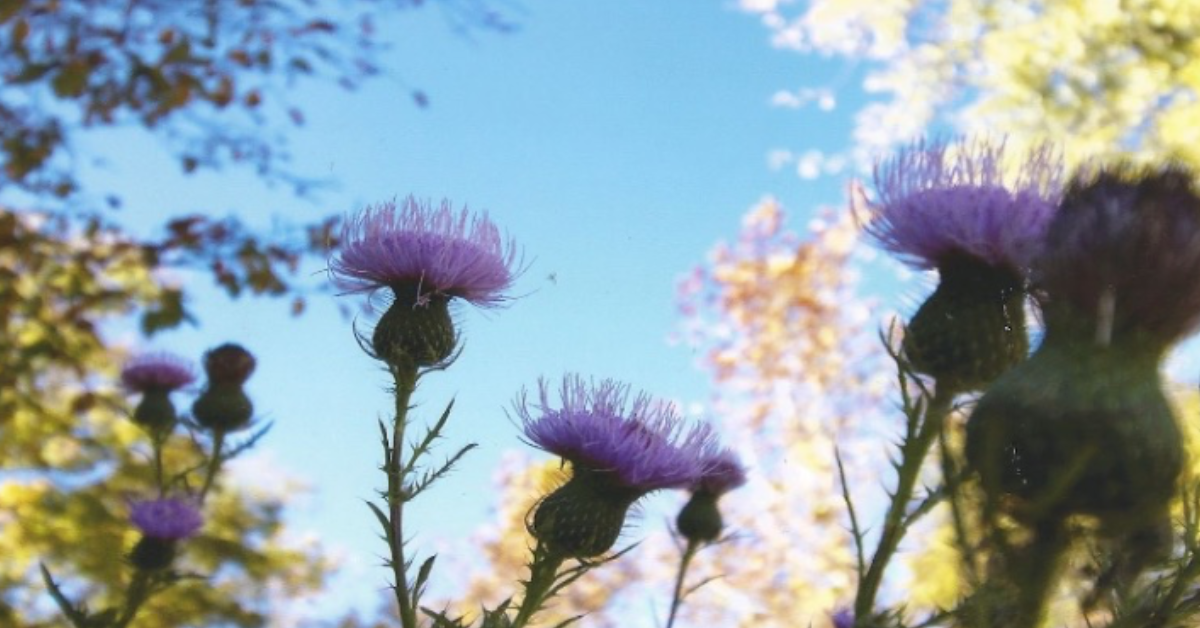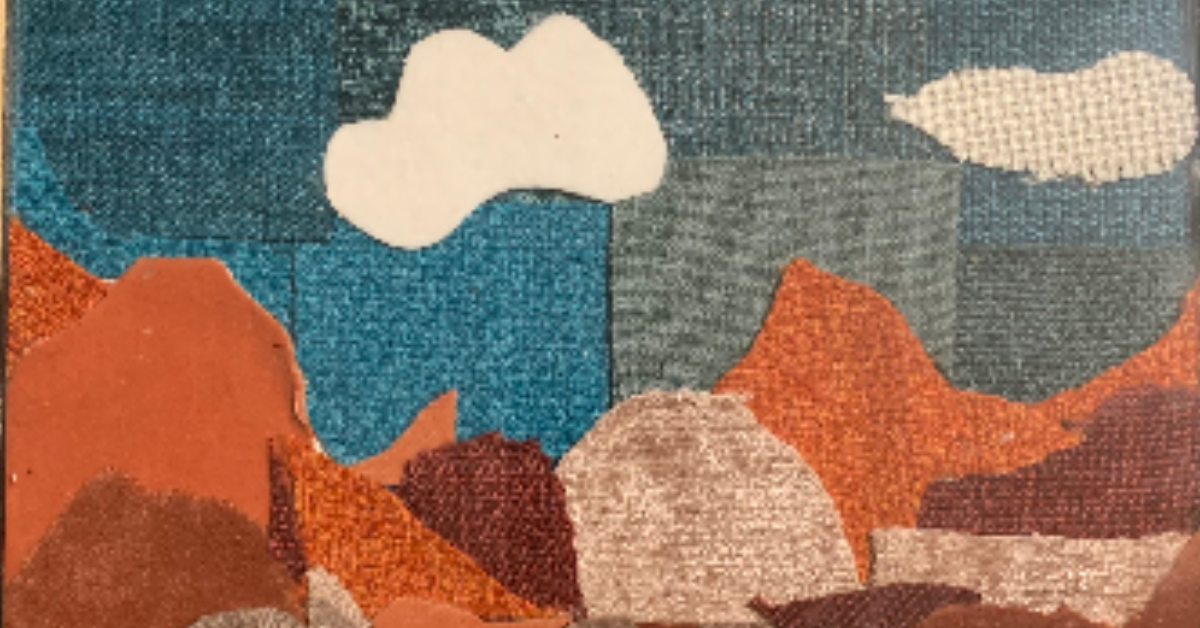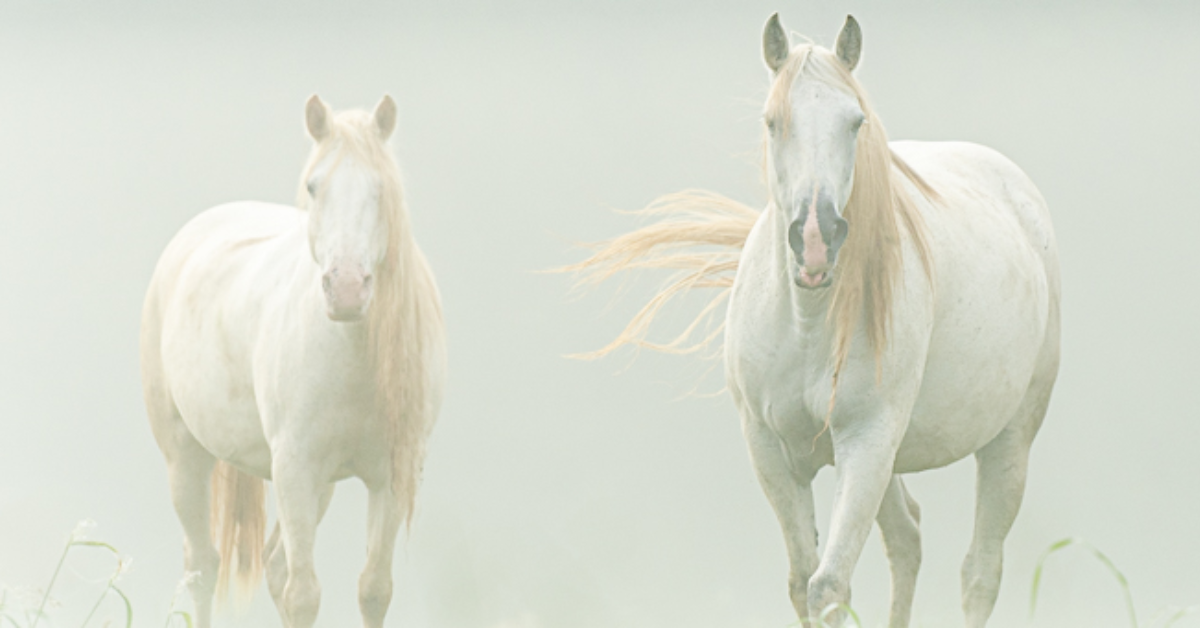They’re tall and brittle, with bones that snap under the slightest pressure. Snow and high winds shudder their branches and cause them to sway and lean. Eventually, their narrow trunks will split or splinter and that once beautiful tree that adorned your yard will be gone, hopefully, without a piece of your house. That’s why the state of North Carolina is fighting to get rid of the invasive Bradford Pear.
Purpose
Invasive species exist throughout the world and can cause massive harm to natural ecological systems. An invasive species is any plant or animal that is not native to an area and whose introduction to the native wildlife can or will cause harm to the environment or human health. Forty-two percent of endangered species are at risk because of invasive species. Invasive species do not need to come from another country to be invasive. For example, lake trout are native to the Great Lakes, but are invasive in Yellowstone Lake because the lake trout compete with native cutthroat trout for habitat.
Invasive species are dangerous to natural wildlife. Native and invasive species compete for resources and space. Native wildlife may not have any defenses against new species and invasives will kill or push out native species. Many times invasive species do not have any natural predators in their new areas and will spread quickly and dangerously. Invasive species will prey on native species and can carry diseases that will kill native species and their offspring. They provide little to no food value to native species and some aggressive species, such as kudzu, a vine indigenous to Asia, can completely dominate an ecosystem turning it into a monoculture. These monocultures destroy the food web in an ecosystem.
To help get rid of invasive species, many places around the world are embracing a native initiative. This includes embracing native wildlife and, in some places, attempting to get rid of invasive species. By embracing native wildlife, an area can heal the damaged ecosystem. A great way to do this is to become knowledgeable of the native and invasive species in your area. Remove any invasive plant from your garden and replace them with native wildlife. This native wildlife helps increase pollinators and improves the overall health of the ecosystem by providing native food or habitats for local creatures. Native plants also require less upkeep, meaning less use of fertilizer and other harmful chemicals that will contaminate the environment.
The state of North Carolina has started their native initiative with the Bradford Pear.
How Invasives Become so Popular – A Look at the Bradford Pear
Bradford Pears are a common landscape plant. They grow rapidly and tolerate a variety of different conditions. Because the plant blooms profusely and early, it was used as a landscaping plant that would bring initial and quick beauty to the scenery. Bradford Pears are found in residential and commercial sites such as school grounds, malls, and suburbs. They have been widely planted for landscaping throughout the United States as early as the 1900s.
The Bradford Pear is a type of deciduous tree that can grow up to 60 feet tall and 2 feet wide. Its leaves are 2 – 3 inches, shiny, and with wavy, slightly toothed margins. Around March or April, the Bradford Pear will begin flowering. The flowers are a bright white that covers the entire tree. They have five petals, are about one inch wide, and produce a foul odor.
The Bradford Pear fruits late spring and summer and the fruit is roughly ½ inch round and varies from green to brown. The plant is insect pollinated and birds spread the fruit and seeds. This hardy plant can survive occasional droughts, wet soil, pollution, and poor soil conditions. Its survivability allows it to thrive, even in urban conditions.

The Bradford Pears were initially introduced as landscaping plants because they produce sterile fruit. However, it can hybridize and produce fertile fruit. Fertile pear varieties are normally used as the rootstock for grafted Bradford Pear plants. If the grafted crown is damaged, then the rootstock can dominate and will produce fertile fruit.
Because of their overuse as a landscaping plant and the chance of a hybridized plant producing fertile fruits, their numbers have increased in ways that were not originally expected. Bradford Pears have seeded out into natural areas and have become an invasive species in many parts of the United States and Australia. Several states have placed the Bradford Pear on the noxious and invasive species list which can prohibit the sale, planting, and reproducing of the tree. These states are Oregon, Indiana, Kentucky Tennessee, Rhode Island, Pennsylvania, New Jersey, Delaware, Maryland, Virginia, West Virginia, North Carolina, South Carolina, and Georgia.
This invasive species is quite the nuisance to other plants and to humans. Because of its brittle structure, strong ice and wind can snap and break the tree limbs, causing damage to habited areas. They reproduce prolifically and dominate small lots and other areas. Because they grow so fast and bloom so quickly, they choke out other trees and monopolize resources from other native species. Bradford Pears are a type of food desert for birds. Caterpillars don’t feed on the bark of the Bradford Pears and so they do not benefit the ecosystem by helping birds.
Humans introduce most invasive species to new regions. Humans and the goods we consume travel quickly and broadly throughout the world. Plants, seeds, and other wildlife hitchhike on boats and with migrating birds. Insects crawl and nest in pallets and other items that are shipped across seas. Some invasive species, such as certain types of ornamental grasses, can escape gardens and spread to native habitats. In addition, higher temperatures and climate change are causing wildlife to move into new areas looking for less competition and other sources of food.
Getting Rid of a Nuisance, One Incentive at a Time
One solution for invasive species is to identify them and remove them. North Carolina saw the Bradford Pear as a problem and did something about it, and, in turn, they wanted to get the entire state involved. The NC State Forest Extension, NC Forest Service, NC Urban Forest Council, and the NC Wildlife Federation all teamed up to create the North Carolina Bradford Pear Bounty Program. This innovative program gave each person a tree-for-tree trade. You take down one to five Bradford Pears and the state would give you a native tree species in its place.
Get Inspired
I saw the news story in my feed and knew that we had to be a part of it. Looming loud and tall in our front yard was a Bradford Pear. It had already started flowering by the time the article about the bounty came up and my husband and I pounced on the opportunity. We were eager to be rid of that tree. It took up most of our front yard and cast a shade that made growing anything else impossible. Every year it would throw out seeds and baby pear trees would spring up. Because they grew so fast, we had to weed frequently to keep any more trees at bay.
The sign-up was live the same day we saw the article. We told everyone we knew about it, but the sign-up filled up fast, within a few days. We were among the lucky ones, and they accepted us into the program. The conditions were simple. Take a picture of the Bradford Pear (preferably in bloom). Cut it down. Take a picture of it cut down. Drive to Greensboro at the set date and time. Pick up your new tree. The collaboration of organizations even offered a discount to get the tree cut down!
My husband and I asked our family for some help and we took down the tree. We brought the pictures to Greensboro only to be given even more exciting news. We could have more than one tree! Some miracle had given us the gift of multiple trees and so we ended up leaving with three native tree species: a dogwood, redbud, and black walnut. All in all, the Bradford Pear Exchange was a massive success.
Due to the overwhelming positive response from the North Carolina community, the organizations are deciding to expand the program to cover even more regions in the state. The current plan is to offer bounty exchange locations in Greensboro, Asheville, and Charlotte. If you’re in North Carolina and have a Bradford Pear Tree on your property, take a look at the North Carolina Bradford Pear Exchange Program. Remember, they offer a discount on tree cutting! And if you live in another state where Bradford Pears are a problem, talk to your local environmental agency and see if you can get your own exchange program started.
Sources
https://www.invasive.org/browse/subinfo.cfm?sub=10957
https://www.invasive.org/weedcd/pdfs/wow/callery_pear.pdf
https://plants.ces.ncsu.edu/plants/pyrus-calleryana/
https://www.usatoday.com/story/news/nation/2022/04/18/bradford-pear-trees-ban/7122246001/
https://www.nature-and-garden.com/gardening/pyrus-calleryana-native-invasive-range.html








